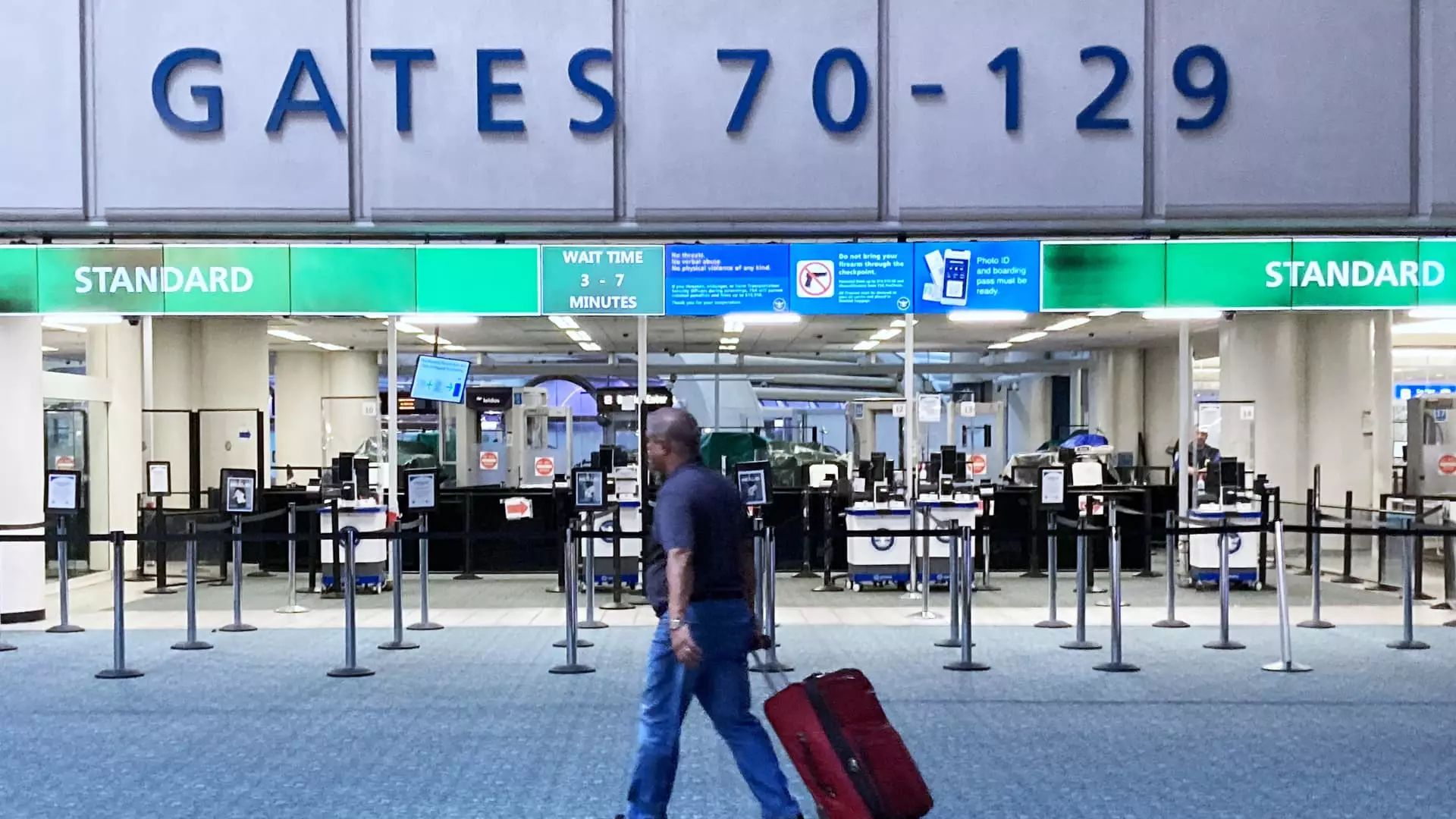As the bustling holiday travel season approaches, anxiety builds around the potential for a government shutdown in the United States. Lawmakers are at an impasse, having recently rejected a short-term funding bill widely supported by President-elect Donald Trump. The threat of a shutdown looms large, with a possible onset at 12:01 a.m. ET on Saturday if the legislature cannot reconcile their differences. This situation places hundreds of thousands of government employees at risk of furlough just as families prepare to embark on their seasonal journeys.
Despite the uncertainty surrounding government operations, commercial airlines maintain their flight schedules, insisting that air travel will continue unhindered. Predictions indicate that this year will witness the highest number of travelers to date during the holiday period—an estimation that places more than 40 million passengers under the watchful eyes of the Transportation Security Administration (TSA) from now through January 2. United Airlines, for instance, has set ambitious projections, aiming to serve 9.9 million passengers between December 19 and January 6—a staggering 12% increase from the previous year.
Indeed, while air travel may proceed, the implications of a government shutdown extend into the workforce, particularly for crucial personnel. The TSA defines over 14,000 air traffic controllers and nearly 60,000 TSA agents as essential workers. These individuals will continue to fulfill their duties in ensuring air travel safety, despite the grim prospect of working without pay during a government shutdown. TSA Administrator David Pekoske took to social media to confirm that TSA personnel are, in fact, prepared to manage high traveler volumes and maintain security. Nonetheless, he warned that prolonged disruptions could result in notably longer wait times at airport security checkpoints.
Learning from the Past: The Longest Shutdown on Record
Reflecting on previous shutdowns reveals the potential chaos the current situation could unleash. The last government shutdown, which lasted for over a month from late 2018 through early 2019, severely disrupted airline operations, particularly due to callouts from air traffic controllers in the heavily-trafficked East Coast airspace. As air traffic faced notable delays, decisive action was required by lawmakers and then-President Trump to reach an agreement and subsequently end the longest funding lapse in U.S. history.
As travel chaos threatens to unfold against a backdrop of confusion, leadership in the Federal Aviation Administration (FAA) biology should also remain a concern. Notably, the agency is currently without a permanent administrator due to the impending departure of FAA Chief Mike Whitaker, who will vacate the position on January 20. Delta Air Lines CEO Ed Bastian recently urged that air traffic control modernization and the recruitment of additional controllers should top the agenda for the incoming FAA leadership. Current events heighten the need for swift action to avert disruptions and prepare infrastructures for the anticipated travel surge.
The looming government shutdown poses significant risks to the holiday travel landscape. Without a swift resolution, the travel experience for millions may turn into a cumbersome ordeal, affecting not only timeliness but the overall ease of what is meant to be a joyous season.



Leave a Reply